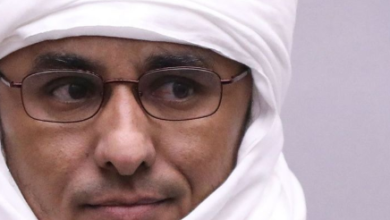Artist Michael Heizer’s ‘City’ in the Nevada desert to open after 50 years

“City,” a vast complex of outdoor structures and landmasses the land artist Michael Heizer began constructing in the desert of Nevada in 1970, will finally begin welcoming public visitors next month. The site’s opening on September 2, more than 50 years after work at the site began, marks the fulfillment of Heizer’s most ambitious and career-defining project.
For the first year of public accessibility, only a limited number of visitors will be admitted, with mandatory advanced registration.

“City” has been described as possibly the largest work of contemporary art in the world. Credit: Ben Blackwell
Initially funded by Heizer himself, construction of “City” eventually received the support of many influential collectors, institutions and dealers via the formation in 1998 of the Triple Aught Foundation, which will manage and preserve the site for years to come. The foundation — whose board includes Heizer himself, Los Angeles County Museum of Art director and chief executive Michael Govan, Museum of Modern Art director Glenn D. Lowry, collector and Glenstone co-founder Emily Wei Rales and Gagosian senior director Kara Vander Weg — has established an endowment for City with almost $30 million in initial funding.
“Over the years I would sometimes compare Michael Heizer’s ‘City’ project to some of the most important ancient monuments and cities,” Govan says in a statement. “But now I only compare it to itself. It’s an artwork aware of our primal impulses to build and organize space, but it incorporates our modernity, our awareness of and reflection upon the subjectivity of our human experience of time and space as well as the many histories of civilizations we have built.”

Heizer’s endeavor to build “City” has a complicated five-decade history. The artist, now 77 years old, believes it will endure for centuries. Credit: Mary Converse
Perhaps in response to such threats, Heizer envisions “City” as a project that will endure well beyond the lifespans of even the most treasured and tough contemporary art.
Source link





